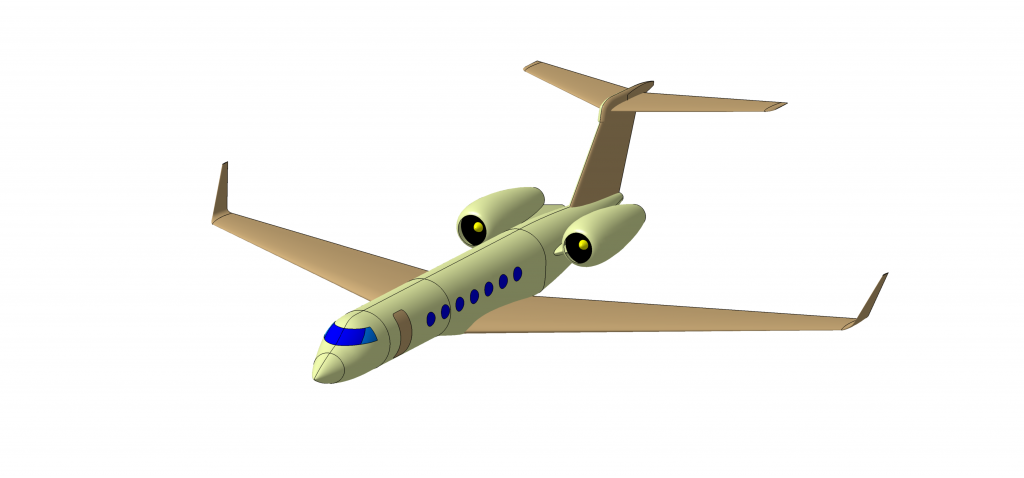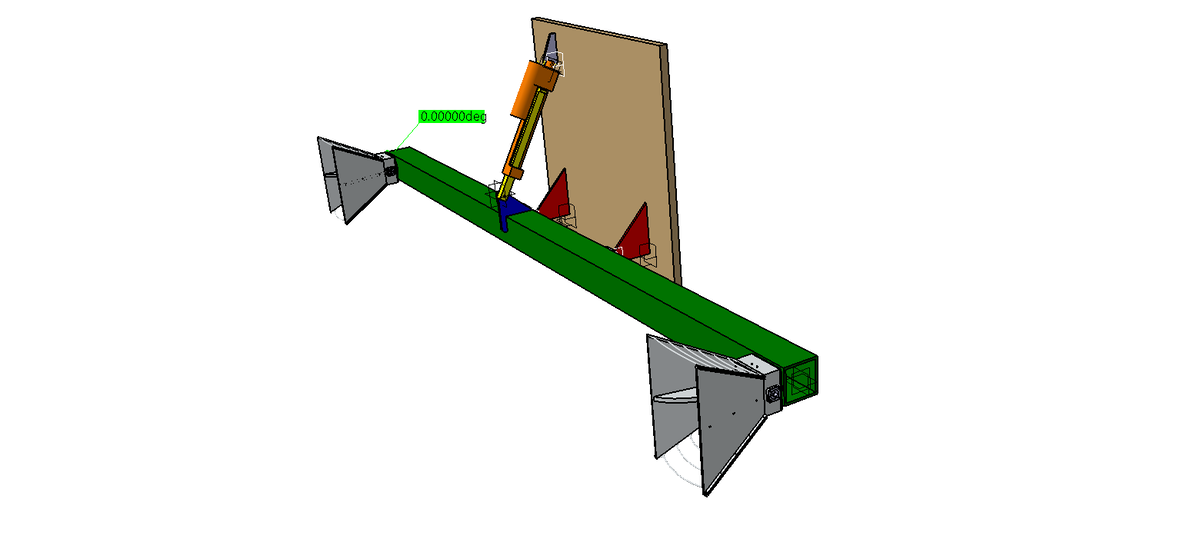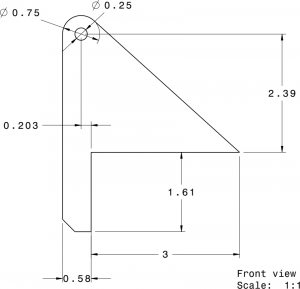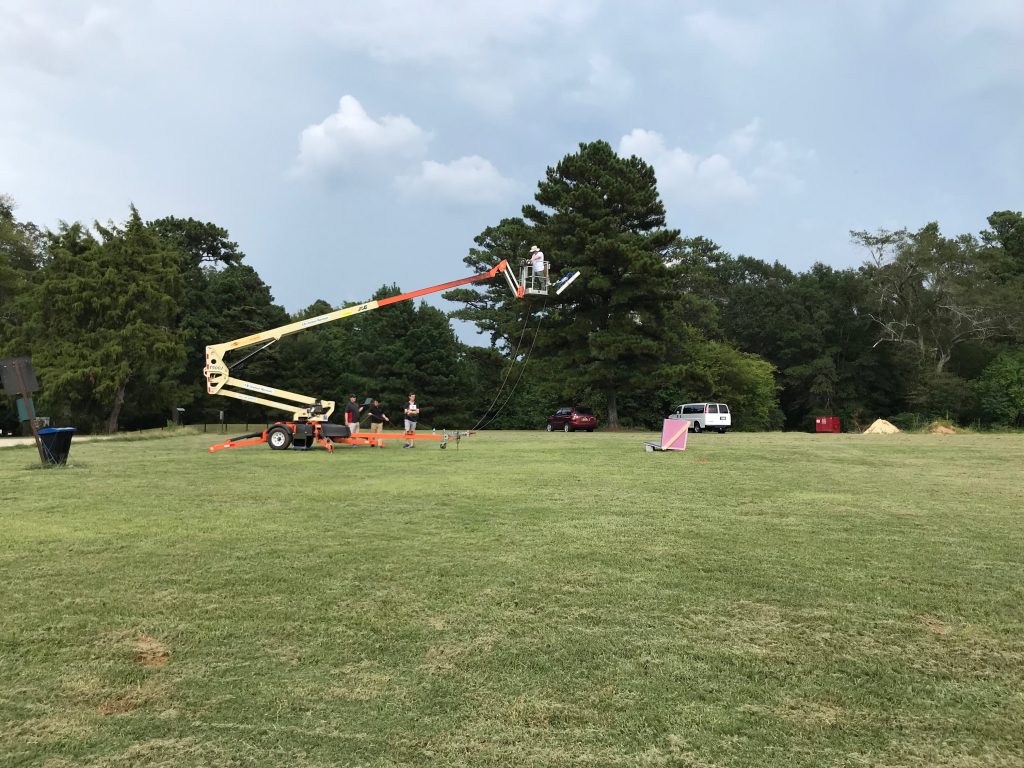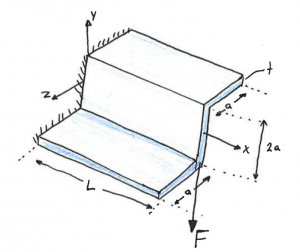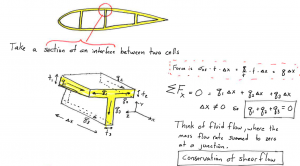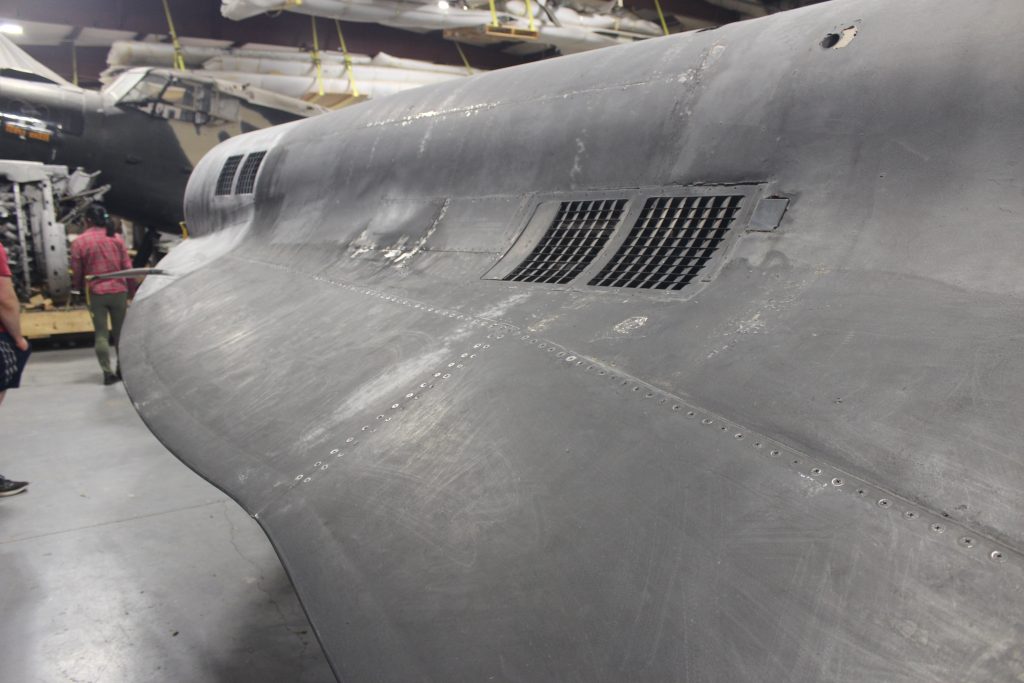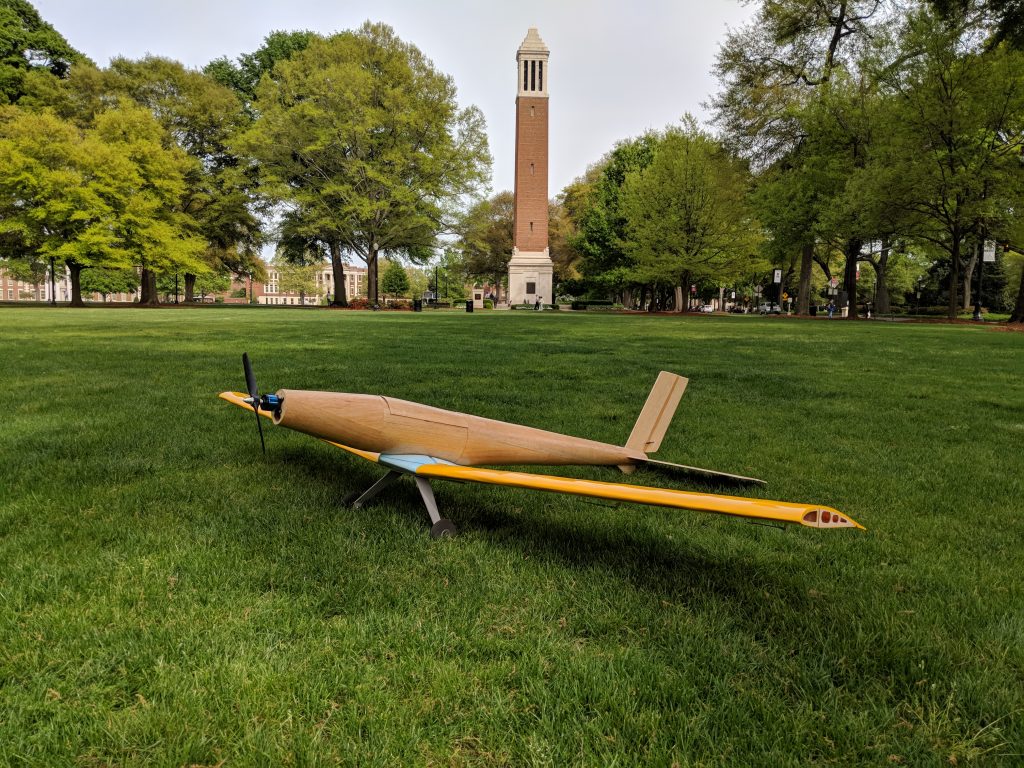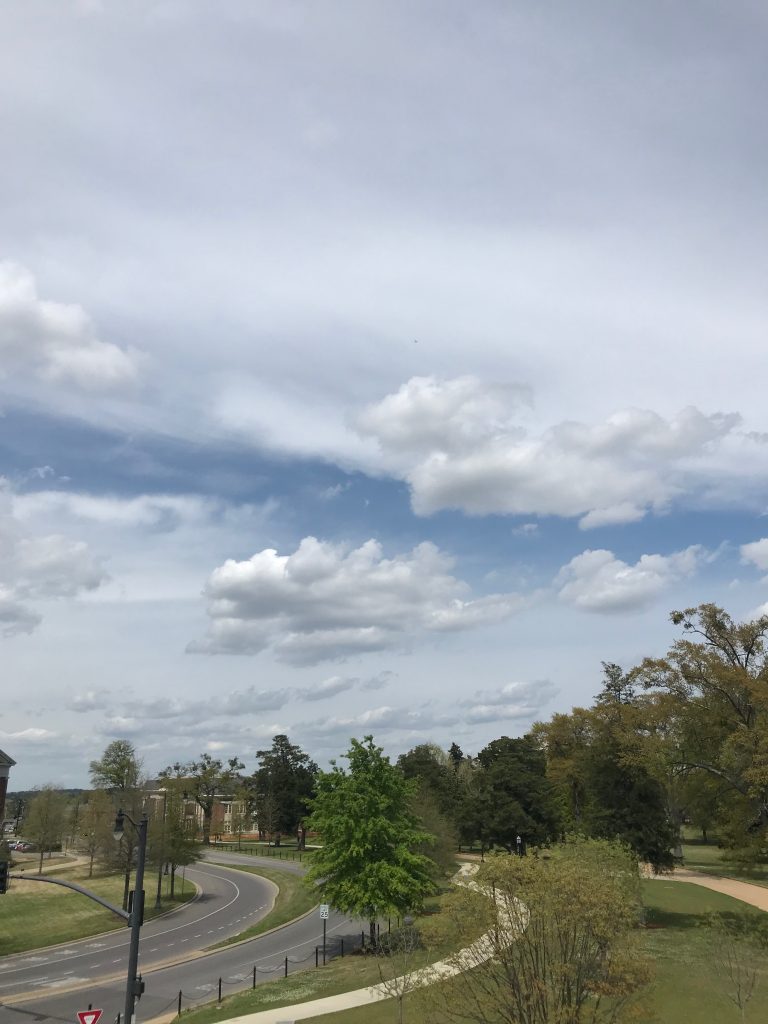Stanley Farlow’s textbook Partial Differential Equations for Scientists and Engineers is a reasonable introductory book for undergraduate and graduate students in the sciences and engineering. This book covers classical solution techniques, basic numerical methods, and -finally- the use of special techniques for solving non-trivial problems. This book is NOT acceptable for graduate students in mathematics, as can be seen directly in the title. Theory is briefly discussed, but the heart of the book is solving problems.
I taught a graduate course (GES 554, see here) for engineers with the book. ISBN-13: 978-0486676203
Pros:
- Reasonable coverage of classical methods
- Very low cost ($12).
- Discusses the physics of why terms appear in PDEs
Cons:
- Basic at best.
- No formal mathematical proofs.
- Only 1 section (Burger’s equ) discussing non-linear PDEs
- Solutions in the back are often not correct
- Topic order (especially for classification) is scattered.

